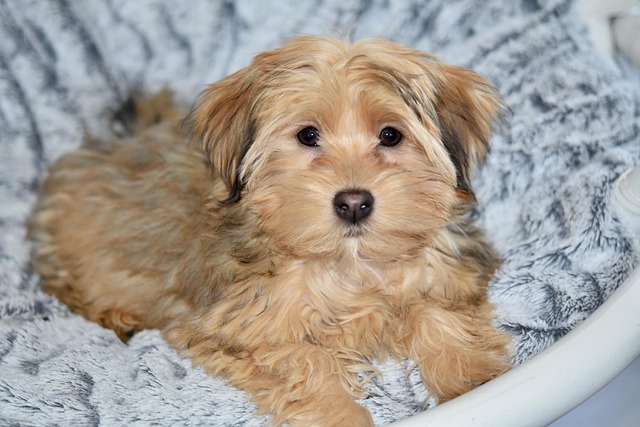
How do I teach my dog to stay home?
Dogs often hate being left home alone—some pace by the door, chew shoes, or even scratch at windows trying to follow you.
Start with short sessions when your dog’s already calm—maybe right after a walk when they’re settled by the couch. Hold a treat close to their nose, then slowly move your hand up and back, saying “stay” in a firm but gentle tone. Most dogs will naturally sit or freeze to follow the treat, and that’s your moment to praise them softly and give the reward. Keep each try under 10 seconds at first; longer than that and their focus will wander, making the lesson feel like a chore instead of fun.
As your dog gets the hang of short stays, gradually add a step back before rewarding them. If they stand up or move toward you, don’t scold them—just calmly say “oops” and guide them back to their spot to try again. Positive reinforcement works way better than correction here; dogs learn faster when they associate “stay” with good things, like treats or belly rubs. Try practicing this near low-distraction areas first, like your bedroom, before moving to busier spots like the kitchen while you’re prepping dinner. Too much activity too soon can make even a well-trained pup lose focus.
 Remember to check your local area’s dog laws, too—many places require dogs to stay close or in a heel in public spaces, and knowing “stay” can help you follow those rules to avoid fines. For example, if you’re at a park with a leash-free zone but need to step away to grab a toy, a solid “stay” command keeps your dog safe and keeps you compliant. It’s not just about training; it’s about being a responsible owner who respects the community and the rules that keep everyone—pets included—safe.
Remember to check your local area’s dog laws, too—many places require dogs to stay close or in a heel in public spaces, and knowing “stay” can help you follow those rules to avoid fines. For example, if you’re at a park with a leash-free zone but need to step away to grab a toy, a solid “stay” command keeps your dog safe and keeps you compliant. It’s not just about training; it’s about being a responsible owner who respects the community and the rules that keep everyone—pets included—safe.
Consistency is key with any command, but especially “stay.” Use the same word every time—don’t switch between “stay” and “wait,” as that will confuse your dog. Try to practice at least twice a day, even if it’s just for 5 minutes each time. Morning coffee time is a great slot; your dog is likely calm after sleeping, and you can fit in a few quick reps while your mug cools down. Over time, you’ll notice they start to anticipate the command, freezing up even before you say the word— that’s when you know they’ve truly mastered it.
Teaching “stay” isn’t just about obedience; it’s about building trust between you and your dog. When they learn that staying in one spot leads to good things and keeps them safe, they’ll be more likely to listen in tricky situations, like when a squirrel darts by on a walk or a neighbor stops by with their own pet. Be patient, celebrate the small wins—even a 2-second stay is a victory at first—and don’t get frustrated if progress is slow. Every dog learns at their own pace, and with time and positive vibes, your pup will be staying like a pro in no time.

Dogs often hate being left home alone—some pace by the door, chew shoes, or even scratch at windows trying to follow you.
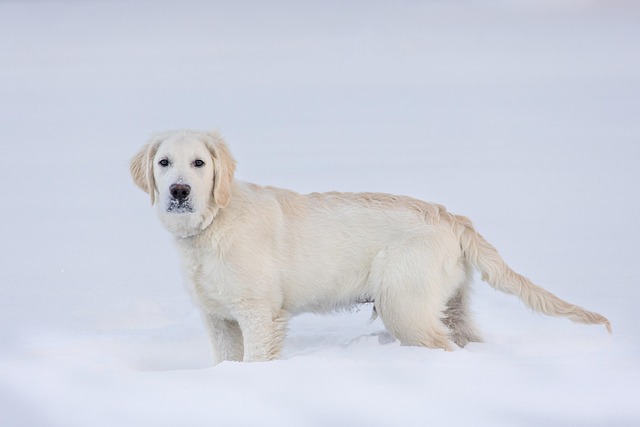
Start with short sessions when your dog’s already calm—maybe right after a walk when they’re settled by the couch. Hold a treat close to their nose, then slowly move your hand up and back, saying “stay” in a firm but gentle tone.

Chihuahuas are tiny but mighty—their small bladders mean they need more frequent potty breaks than bigger breeds, which can make training feel tricky at first.
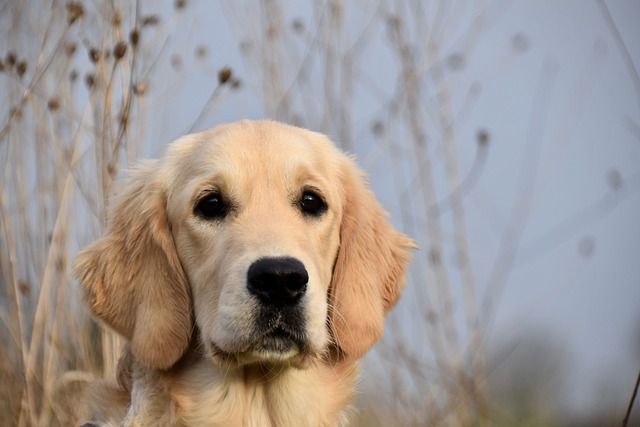
Watching your new dog tremble, hide, or even bark uncontrollably at the sight of a neighbor or another dog on your morning walk is a heart-wrenching experience.
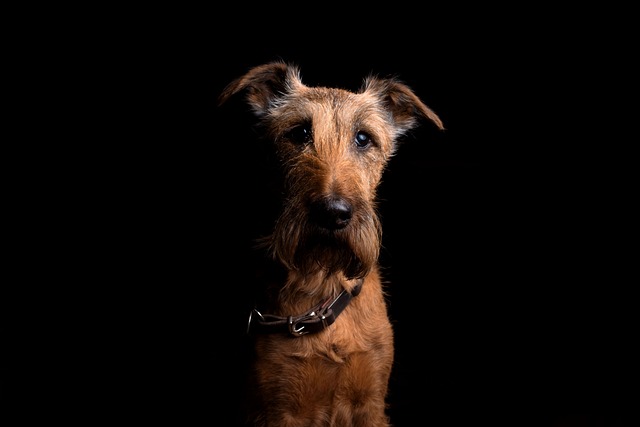
Dachshund puppies are adorable little sausages with big personalities, but their long bodies and sometimes stubborn streaks can make toilet training feel tricky.
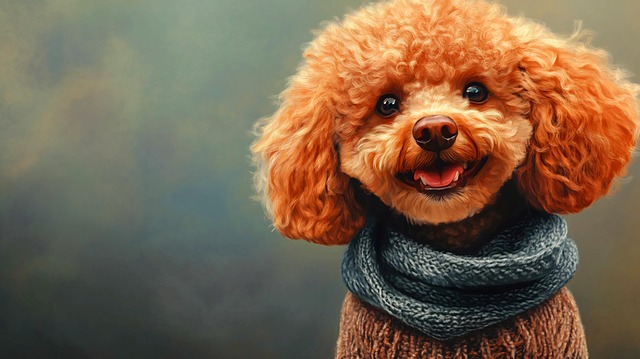
Dogs are naturally social creatures, but building comfort around other pups doesn’t happen overnight—especially for young dogs or those who haven’t had much exposure.